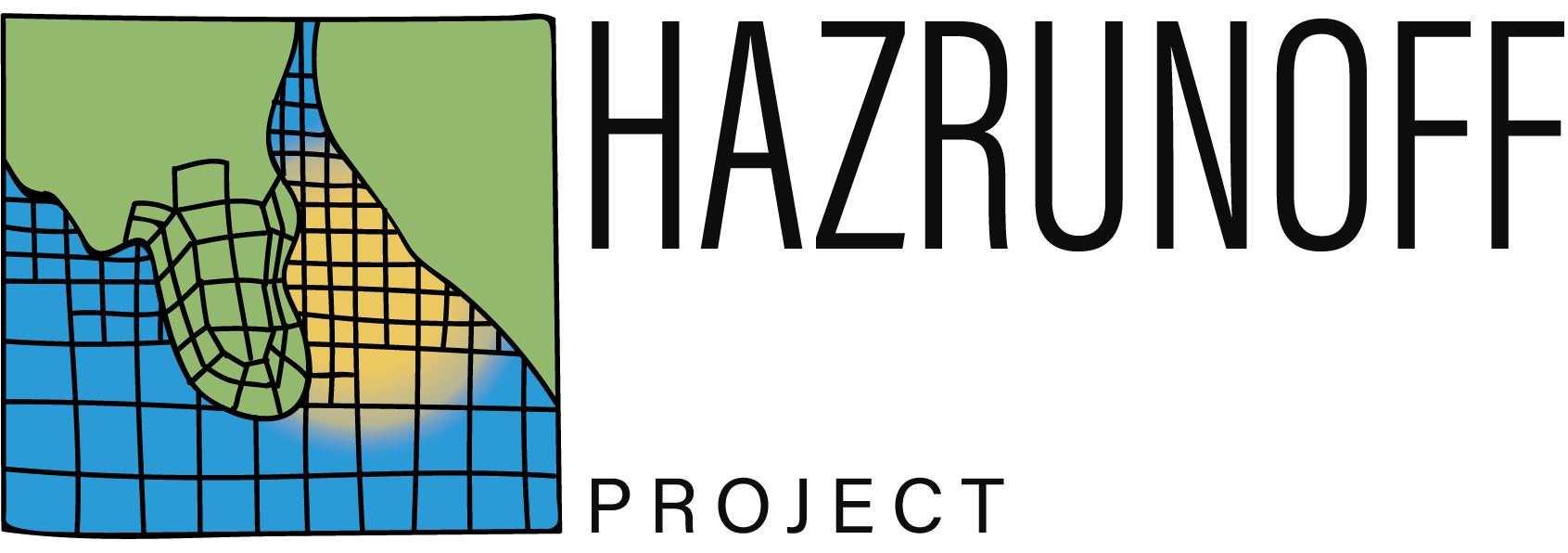The project will use and combine automatic sensors (in-situ and satellite based), the Internet of Things (IoT) and artificial intelligence techniques to anticipate and forecast flood or hazmat incidents thus minimizing human intervention.
Expected outputs:
“Implementation of operational monitoring services in four pilot sites, using free and open satellite imagery from various sensors that were used to detect and measure parameters and indicators. This information can support different en-user working on hazard early detection, early warning, model initialization and model validation on flood and pollution hazards in transitional waters” This tool was implemented to provide a general rapid review of monitoring data captured during the initial phases of a pollution incident in order to inform subsequent actions (alerts, sampling and analysis, pollution controls/management, risk communications). “Under this work package Public Health England have developed a tool to undertake rapid assessment of water monitoring data (WRAT). Download the zip file and extract the contents of the folder for access to the tool, some test data, an instructional video and a report on the tool design and development and its application”
